Bits to Atoms: Your 3D Printing Software Options
3D modeling has traditionally required expensive and intimidating software that requires a relatively steep learning curve. It's not as easy as piecing together LEGO.
When you first get a 3D printer, the immediate reaction is to print something awesome. But if you don’t have a lot of experience with 3D modeling, where are you going to find the files to print? Fortunately, there is a massive amount of free 3D models that you can download and print at home, in repositories like Thingiverse. And in fact, MakerBot and others have already dipped their toes into selling models to download and print in their own marketplaces.
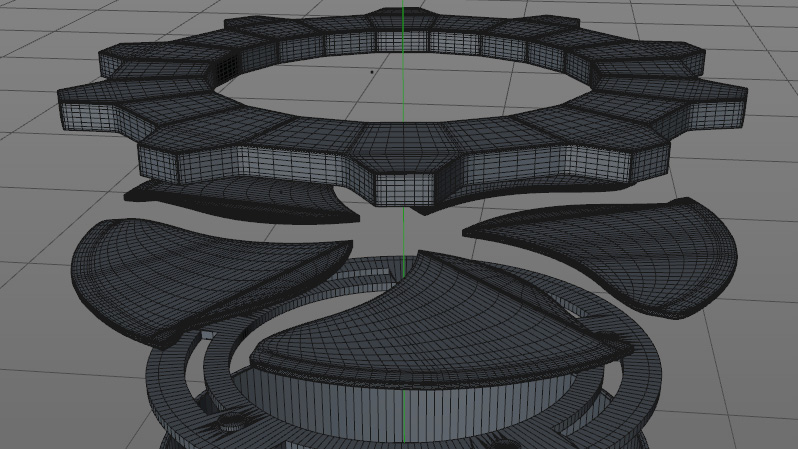
But there’s something extremely satisfying about printing a creation of your own design. Unfortunately, 3D modeling has traditionally required expensive and intimidating software that requires a relatively steep learning curve. It’s not as easy as LEGO. The good news is that with the 3D printing boom there are suddenly a lot more accessible options and most of them are free! There is still a lot of learning to do so let’s get you started down the path.

There are quite a few software choices available to create your own 3D models, the trick is finding the one that works for you. When it comes to creating three-dimensional objects digitally there are two main choices: CAD and polygon modelers.
CAD Modelers
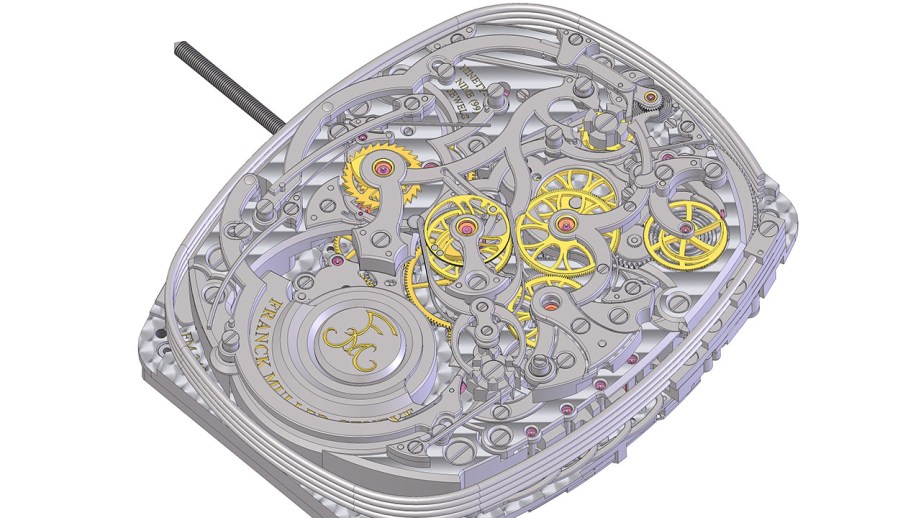
Computer-Aided Design (CAD) is typically used for mechanical design where precision is needed. CAD models are ‘solid’ and represent an actual volume in space whereas polygon models are not truly ‘solid’ as demonstrated in my MintyBoost video. CAD programs model with NURBS (Non-Uniform Rational B-Splines) which describe the object using splines (curves) that have control handles for adjustment.
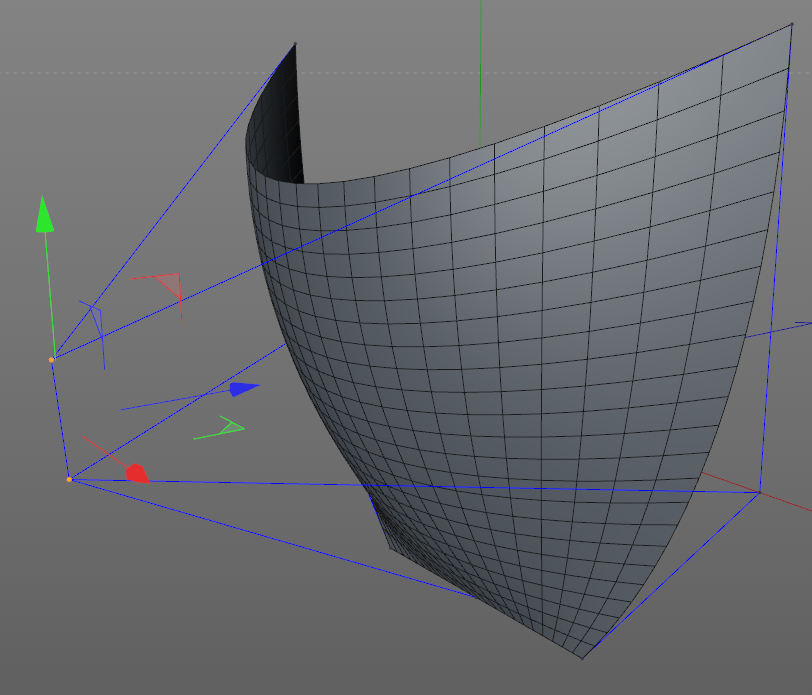
Think of using the pen tool in Adobe Illustrator to make Bézier curves and using the handles to adjust the curve. NURBS work a lot like this and can be modified quickly and easily and lend themselves to smooth, organic shapes.
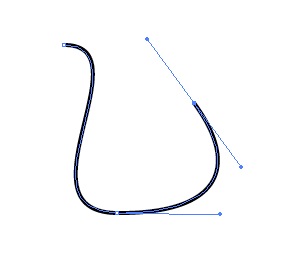
Since the splines that describe a NURBS surface are mathematical functions, CAD models are parametric, meaning you can make a panel, define the thickness as 10mm and it would retain that characteristic even if you doubled the overall size. CAD interfaces are built to accommodate precision and provide constant measurement feedback, tools for designing machinery and even the ability to assign and simulate materials and mechanical function in some packages.
Polygon Modelers

Polygon modeling is generally used in the entertainment industry for visual effects, animation and games. Models are pretty straightforward, consisting of points in space, connected to each other by edges which form polygons that make up the model. Animation and games use a tremendous amount of geometry so the idea is to build your assets using as few polygons as possible. A lot of tricks are then used when rendering (computing the final image) to make models look like they are more complex than they really are. This takes a lot of computing power but far less than a really complicated model with a high poly count.
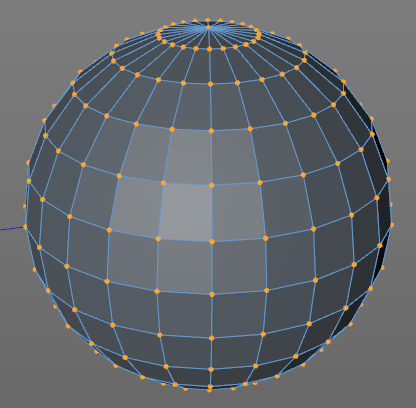
NURBS can still be used in poly programs but require a lot more computing power and aren’t used as much any more. If NURBS are used the model is usually converted to polygons when finished. Since the goal is low-poly models and cheats are needed, polygon modelers typically have more advanced texture and animation features than CAD programs.
Having said all this, when using a polygon modeler for 3D printing you may throw all that out the window and model with lots of polygons. Why you ask? 3D printers only print pure geometry, they can’t use algorithms to cheat and make models look smoother or more complicated than they really are. So if you want a sphere to look like a sphere, it has to have enough polygons to print smoothly.
To make things even more confusing, many polygon modelers have shaders built in that automatically make models look smoother and you need to make sure to turn them off for 3D printing models, so what you see is what you get. Otherwise a model that looks perfect in the program may turn out all blocky when printed.
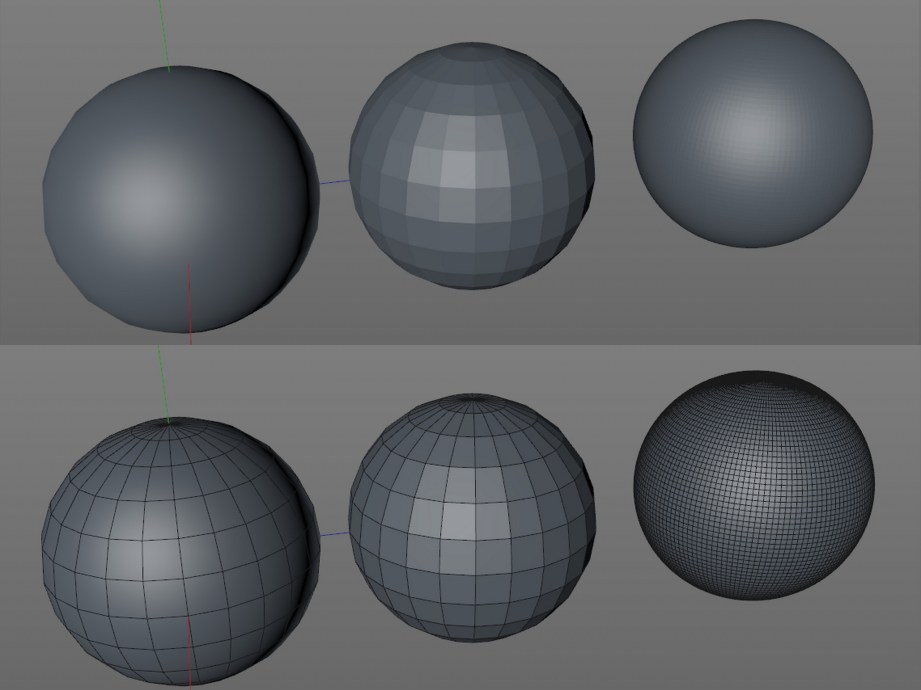
So why even bother using polygon modelers for 3D printing? In the end it depends on what you want to build. If you don’t need high precision and just want to build something that looks visually appealing polygon modelers work fine. They may be more approachable than a CAD program and some objects can be easier to build with a poly modeler. Everything I have built including the Octopod was done in a poly program and turned out great. I have recently started to learn CAD so I can use whatever the right tool for the job is.
Sculpting Programs
Sculpting programs are a third option which are great for both accomplished artists and beginners. Most sculpting programs are technically polygon modelers but are optimized to handle really high poly count models which make them perfect for 3D printing. Action figures, collectibles and game characters (ie: anything Norm buys) are often created with sculpting programs. Generally you start with a virtual ball of clay and use virtual carving tools to form your model. I find that sculpting programs work well for those who just don’t get polygon and CAD programs.
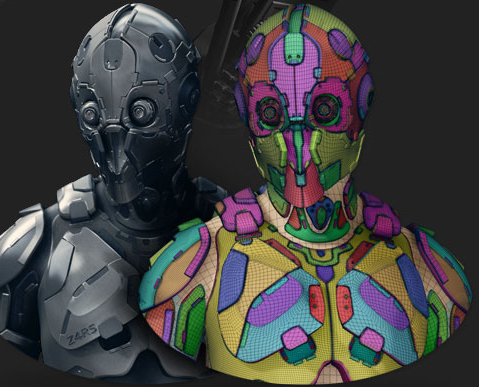
Hardware for Modeling
Ok, I’m going to say this right off the bat: use a mouse! Most people I know only use a laptop anymore and trying to use a trackpad for a modeling program that traditionally uses a 3 button mouse is an exercise in frustration. To be even more picky and weird, pay attention to the middle mouse button. It gets used a lot in modeling programs and I have found some mice have an extremely stiff middle button that causes fatigue. I have a Logitech M505 (discontinued) for my laptop and a G600 for my desktop but my all-time favorite was the Logitech MX518 which is sadly discontinued as well. If you are going the sculpting route you can use a mouse but I would suggest a graphics tablet such as a Wacom to take full advantage of the interface.
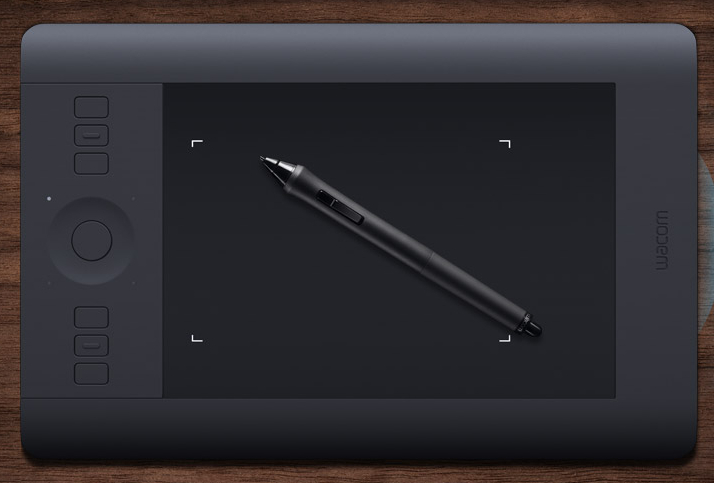
Most of the free programs listed here should run fine on any decent laptop (ie: not a netbook) with at least 4GB of memory (8GB recommended). If you step up to higher-end programs a dedicated graphics card is recommended. I’m in the market for a new laptop and would love to get an Ultrabook but many use the dreaded integrated graphics card. The good news is it sounds like the newest generation of Intel HD graphics are capable of running 3D stuff relatively well. We shall see.
STL Files
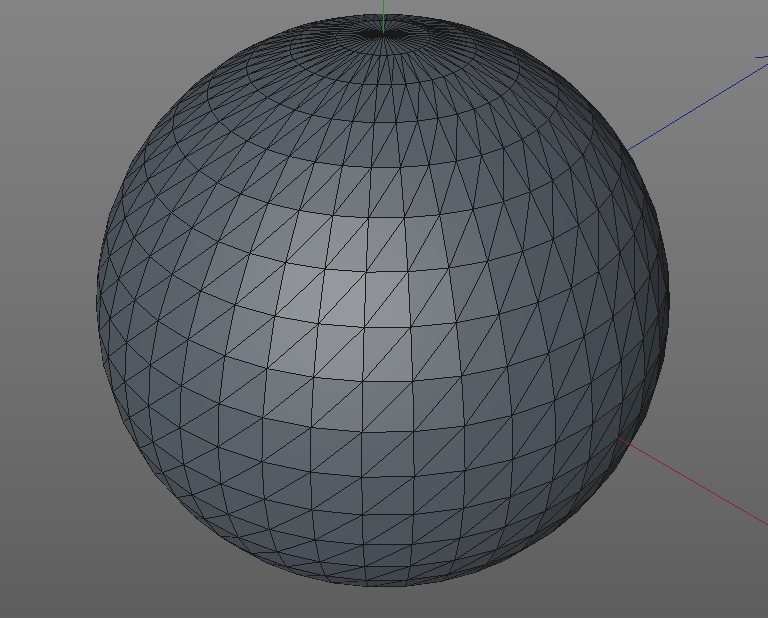
Regardless of how your model is built, ultimately it needs to end up as an STL (stereolithography) file that describes the surface using triangles. This is similar to how polygon models work except they are usually built using quad geometry (see spheres above). Machines deal with triangular geometry better and only need to know what the surface looks like. Many programs will output an STL file or may need a plugin to do so, they are marked on the software chart below. For those that don’t output STL, your best bet is to output as an OBJ file and use netfabb to both repair your mesh and convert to STL. We’ll cover this more in a later column.
My Software Picks
There are almost too many software packages to choose from and I am by no means an expert on all of them but here are some recommendations to get you started. My quick picks, all free, are Autodesk 123D Design for CAD, SketchUp Make for polygon and Sculptris for sculpting.
123D Design has some nice tools for precision, it’s easy to use and has versions for every platform. This is just one program in the Autodesk 123D line all of which are free. If you are a student, you can get everything Autodesk makes including 3ds Max and Maya for free!
SketchUp Make (used to be just SketchUp) was owned by Google until recently and is also easy to use. You will need one of the indicated plugins to export STLs. While I like SketchUp it can sometimes output models that are unprintable due to geometry problems which can usually be fixed by running through netfabb.
Sculptris is a great program from the makers of ZBrush, an industry standard for digital sculpting. You will need to output as an OBJ and use netfabb to covert to STL.
As far as the other picks, Tinkercad is a very cool web-based app recently bought by Autodesk. OpenSCAD is ‘CAD for programmers’ and you basically build models by typing in all the parameters.
SolidWorks and Inventor are two industry standards for CAD. Blender is a great open-source polygon modeler with a large community, learning curve is steeper than others. 3ds Max, Maya and Cinema 4D are high-end, industry standards but worth learning if you are serious about modeling. 123D Sculpt and Creature are both iPad sculpting apps but Creature also allows you to insert a skeleton for posing your creation. ZBrush is an amazing sculpting program that can wrangle millions of polygons; an industry standard.
Learning Modeling for 3D Printing
In addition to all the free software, there’s also a ton of free ways to learn. The first place I would start is the manufacturer’s user forums. Just about all companies have them and their reps are on there daily so you can get it straight from the source. YouTube is of course a good place to go but for all the good tutorials, there are double the amount of bad ones to wade through. The CGSociety is both a great resource for all things polygon and guaranteed to make you feel like crap about the things you make. I’m kidding of course, but the level of talent displayed here makes me feel like I know nothing. Creative Cow is more of a general entertainment production site but it does have a lot of 3D stuff as well. As a Cinema 4D user I should also give a shout out to my favorite place to go, Cinema 4D Cafe which has excellent free tutorials.
Sometimes you just want to get it done and paying for it is worth it. The Gnomon Workshop is pretty great and has some freebies. Digital-Tutors and Lynda.com are worth checking out as well. I will also recommend the book, Digital Modeling by William Vaughan (yes, a book!) which has very good non-software-specific polygon modeling instruction. It has a heavy lean toward entertainment production but the modeling info is very good and he touches briefly on 3D printing.
I realized that most of my recommendations are all for polygon modeling, but it’s what I know. If I find some good CAD sources I will post them in the comments.
So that’s it! It’s going to be frustrating at first, but try some simple stuff and stick with it. Building and printing your own stuff takes 3D printing to another level and the satisfaction of displaying something you built is worth it.
Photos courtesy Sean Charlesworth unless indicated.
20 thoughts on “Bits to Atoms: Your 3D Printing Software Options”
Leave a Reply

One Day Builds
Adam Savage’s One Day Builds: Life-Size Velocirapt…
Adam embarks on one of his most ambitious builds yet: fulfil…

Show And Tell
Adam Savage’s King George Costume!
Adam recently completed a build of the royal St. Edwards cro…
All Eyes On Perserverance – This is Only a Test 58…
We get excited for the Perserverance rover Mars landing happening later today in this week's episode. Jeremy finally watches In and Of Itself, we get hyped for The Last of Us casting, and try to deciper the new Chevy Bolt announcements. Plus, Kishore gets a Pelaton and we wrack our brains around reverse engineering the source code to GTA …
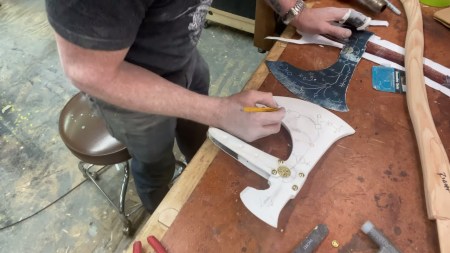
Making
Adam Savage in Real Time: God of War Leviathan Axe…
Viewers often ask to see Adam working in real-time, so this …

One Day Builds
Mandalorian Blaster Prop Replica Kit Assembly!
Adam and Norm assemble a beautifully machined replica prop k…
House of MCU – This is Only a Test 586 – 2/11/21
The gang gets together to recap their favorite bits from this past weekend's Superb Owl, including the new camera tech used for the broadcast and the best chicken wing recipes. Kishore shares tips for streamlining your streaming services, and Will guests this week to dive into the mind-bending implications of the latest WandaVision episod…

One Day Builds
Adam Savage’s One Day Builds: Royal Crown of Engla…
One of the ways Adam has been getting through lockdown has b…

Making
Adam Savage Tests the AIR Active Filtration Helmet…
Adam unboxes and performs a quick test of this novel new hel…

Making
Weta Workshop’s 3D-Printed Giant Eyeballs!
When Adam visited Weta Workshop early last year, he stopped …

One Day Builds
Adam Savage’s One Day Builds: Wire Storage Solutio…
Adam tackles a shop shelf build that he's been putting off f…






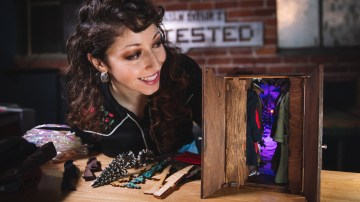


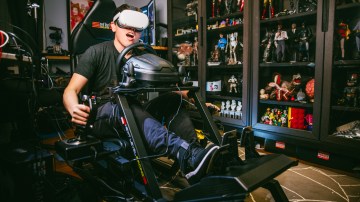
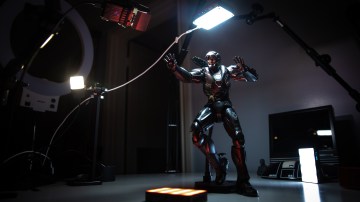

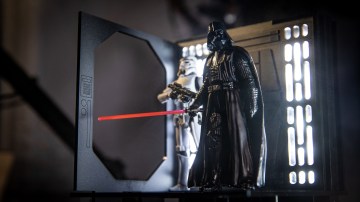
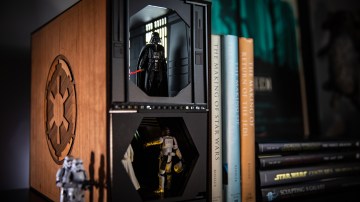


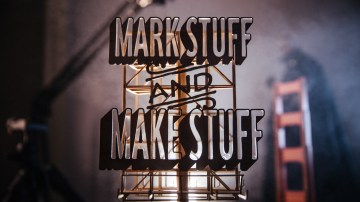
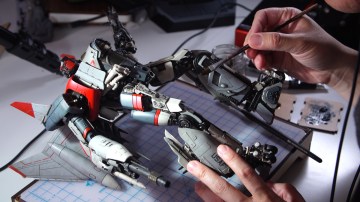
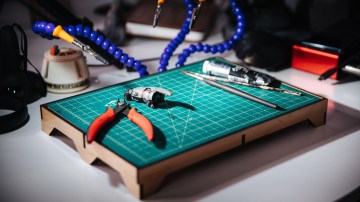
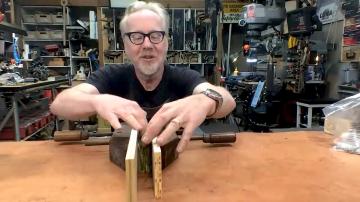
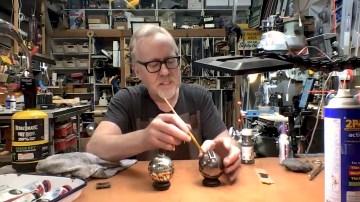
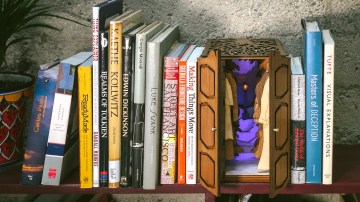
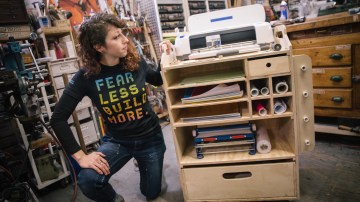
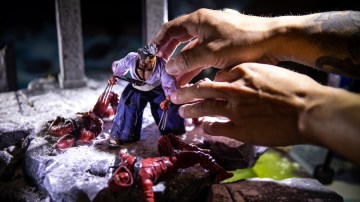
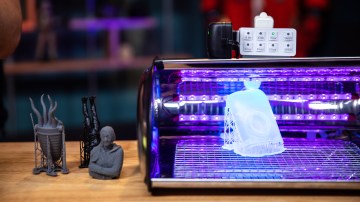

I prefer to use
Autodesk Alias & Catia V5 for modelling.
and showcase & keyshot for rendering.
non of these are free but they are really good programs =)
One of my first projects done in the original Alias Sketch circa 1996, I loved that program.
In the sculpting category there’s also 3D Coat. Long running, cross-platform competitor to ZBrush and able to be purchased on Steam (Windows only) or the creator’s website (cross platform) for $99 for a non-commercial licence or about $400 for a commercial licence. It doesn’t export stl files directly, but has integration with Blender so that can be used to do the conversion
http://3d-coat.com/
edit: Oh, and Blender has a sculpting mode, although it’s a polygon sculpting tool like Sculptris and can be a bit heavy on the processor. Still, you can get some impressive effects out of it
Just for fun, here’s what reporter did at Solidworks world to deal with a minor annoyance. Having been to that convention, it’s a bit surreal to have Solidworks on all the computers:
http://solidsmack.com/design/27-minutes-makerbot-badge-silencer/#more-41330
For another entry in the free download contest:
http://www.ptc.com/products/creo-elements-direct/modeling-express/
This is the old HP solid designer program. I don’t know if it does .STL or .STP files. But it is a full up engineering CAD program. I have used the full version to make real parts.
Recently the past year Ii switched over from Maya to Modo for our modelling workflow and i’m really impress with tools that Modo has to offer. Recently i have been shown Mesh Fusion in Modo and really excited what it can bring to our modelling workflow.
Nice article! It’s great to see these beginner-friendly pieces here, as I think the perception of the barrier to entry for 3D printing is much higher than it really is. This is a nice look at some different software options available, which can be pretty daunting at first. I’m a NURBS modeler running Creo myself. I make robot figures with lots of hard edges and symmetry, so parametric modeling makes my life much easier.
I’ve been looking at Modo for a while, it seems really sweet.
As the few comments already posted have shown, there are a TON of software options out there. My original list was much longer but I didn’t want to overwhelm. All of these other choices are great too, I just tried to pick free and/or very common programs that you will see a lot, but whatever works in the end!
It’s also worth throwing Autodesk’s Fusion360 into that list. For the hobbiest or if you make less that 100K, then it’s free to use.. Nice combo of parametric, hard modelling and some organic tools..
Al @ develop3d.com
Awesome!! Really cool to learn some more about this. When I was in Arch school we had a 3d printer and I almost got to use it, but it always seemed some Grad student would sweep in and bump me down the list. Anwyho I think Rhino’s been brought up before as a great CAD program and I love how well it works with different fabrication processes as it’s models can be easily exported to talk to laser cutters and cnc machines. Since it is a Nurbs modeler I’d be very curious to see how well it works with 3d printers. Here’s an example of the kind of organic shapes you can get with Rhino and the particular project I desperately wanted to 3d print while I was in school;
Just for some context, the project was an urban stage for buskers with the site being a vacant lot between rowshops in Washington DC
My bad on that one! It used to be Inventor Fusion and I thought they had discontinued it. Didn’t see it under Cloud Services.
Yay! Thank you for this, just a couple weeks ago I was trying to find my next favorite 3D modeler, this time for the particular purpose of making models to print. And I failed to find anything I wanted. There are several here that I didn’t bump into in my search.
I know what I’m doing this weekend 🙂 . Actually . . I’ll probably be convincing my Linux host to dual-boot Win7, but after that, I will try out some 3D modelers.
Nice article! Maya has STL out BTW.
Ah, I’m still on 2011 which didn’t have it. It would make sense that they added it with the 3D printing push.
Does anyone know what file format you get from the mentioned Makerbot digital store? There are a few nice models on there, but I’m worried that they are distributing them as some weird MakerWare format rather than an STL that can be printed with any printer.
SolidEdge by Siemens is another CAD modeller on the same level as Inventor, SW and Creo.
And the Logitech MX518 mouse was discontinued, but was brought back as the G400. I recently started using a Razer Deathadder as my mouse of choice for 24/7 SolidWorks and it’s actually an improvement on the 518 I think.
I will definitely check out the G400. It’s frustrating that there’s no good way to test out a mouse before buying. I was in Singapore a few years ago and there was this which was awesome:
We use a combination of deathadders and G400’s at my work, Iv’e bought about 30 of them overall, and they are both great workhorses. I’ve never had a problem with a Deathadder, and about two of the G400’s have failed due to problems with the wire, and sometimes people get confused by the mouse speed buttons on the G400. Despite the reliability of the Deathadder, I only buy G400’s now because of the price difference.
I used to design and visualize skateparks professionally and the most amazing tool I ever used was the 3D Connexion Spacepilot Pro. it moves and rotates on all axis. Completely changed how I worked.
comment posted twice